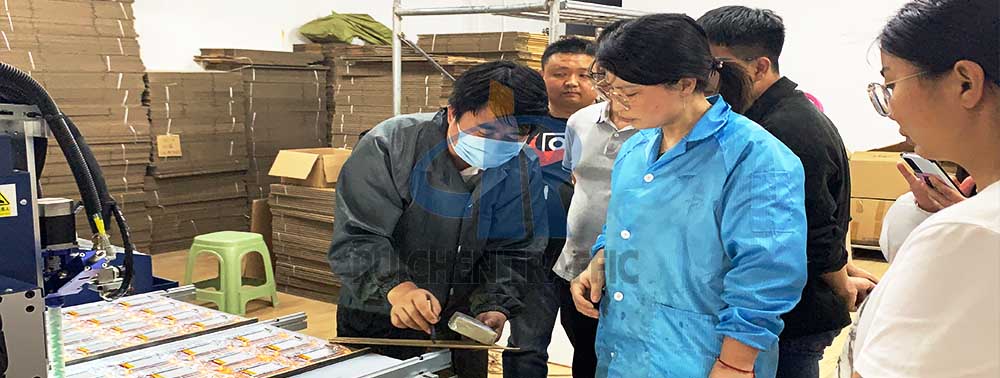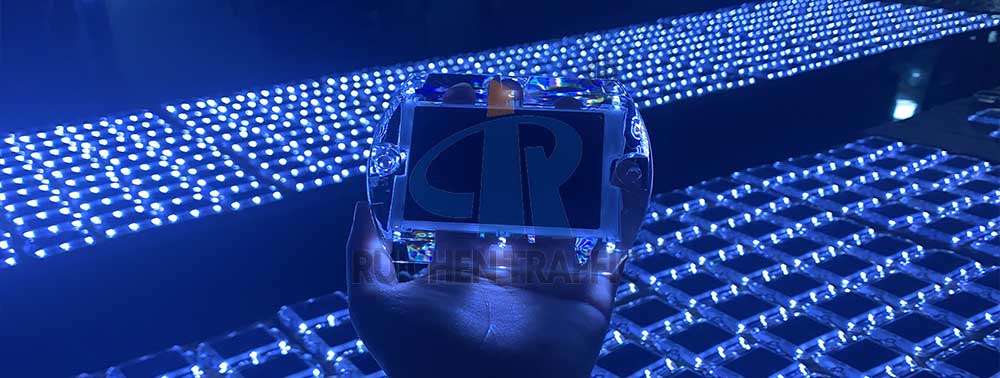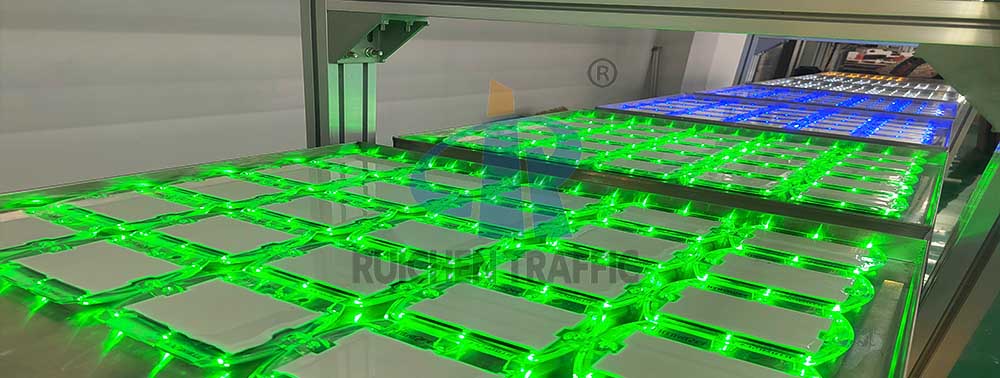High dependence on sunlight:
The energy source of Smart
Solar Road Studs is mainly solar energy, so its power generation efficiency and performance are highly dependent on the intensity and duration of sunlight exposure. In rainy, foggy or low-light areas, the solar panels may not be able to fully absorb sunlight, resulting in insufficient battery charging, which in turn affects the brightness and working time of the LED lights.

High initial investment cost:
Compared with traditional reflective studs or ordinary
Solar Road Studs, Smart
Solar Road Studs have higher manufacturing costs, mainly due to the advanced electronic components, sensors, microcontrollers, and wireless communication modules integrated inside them. Therefore, the purchase and installation costs of Smart
Solar Road Studs may be relatively high when they are first installed, limiting their popularity in some projects with limited budgets.
Technical complexity and maintenance requirements:
Smart
Solar Road Studs integrate a variety of advanced technologies, which makes their technical complexity relatively high. During use, if a malfunction occurs or repairs are required, professional technicians and equipment may be required to handle it. In addition, to ensure its long-term stable operation, regular maintenance and inspection are required, including cleaning solar panels, checking battery life, calibrating sensors, etc. These maintenance tasks may add additional costs and time investment.

Environmental adaptability challenges:
Although the smart
Solar Road Studs have been designed with waterproof, dustproof and weather-resistant factors in mind, their performance may be affected to a certain extent under extremely harsh environmental conditions (such as extreme high and low temperatures, strong winds, ice and snow cover, etc.). These environmental factors may accelerate the aging of electronic components, reduce battery life, and even cause the entire system to fail.

Synchronization and stability issues:
In large-scale traffic networks, if a large number of smart
Solar Road Studs are installed, it is necessary to ensure that they can maintain good synchronization and stability. However, due to various factors (such as uneven sunlight exposure, battery status differences, communication interference, etc.), some
Solar Road Studs may experience problems such as flashing out of sync, inconsistent brightness, or communication interruption, thereby affecting the overall road safety effect.
In summary, Smart
Solar Road Studs have significant advantages in improving road safety, environmental protection and energy saving, but they also have disadvantages such as high dependence on sunlight, high initial investment cost, technical complexity and maintenance requirements, environmental adaptability challenges, and synchronization and stability issues. In practical applications, it is necessary to comprehensively consider various factors and select appropriate road traffic safety facilities.


